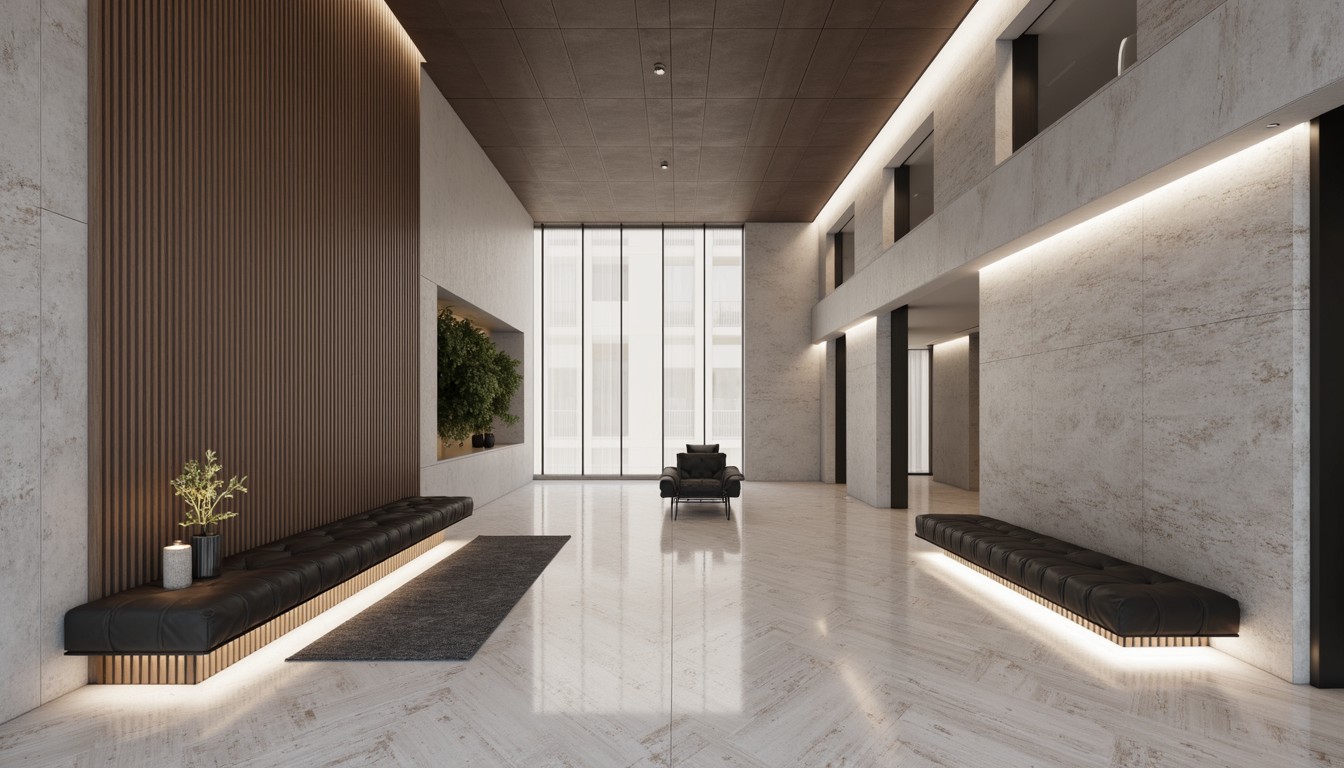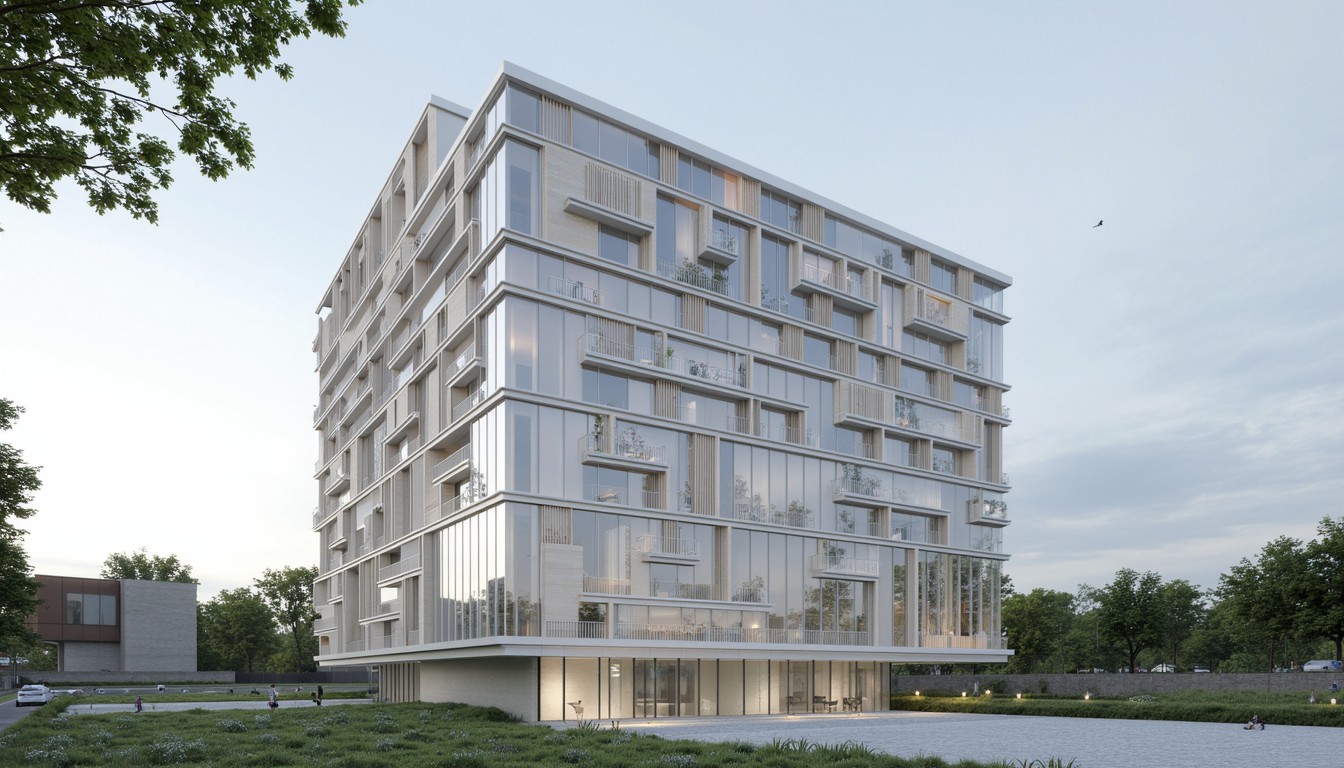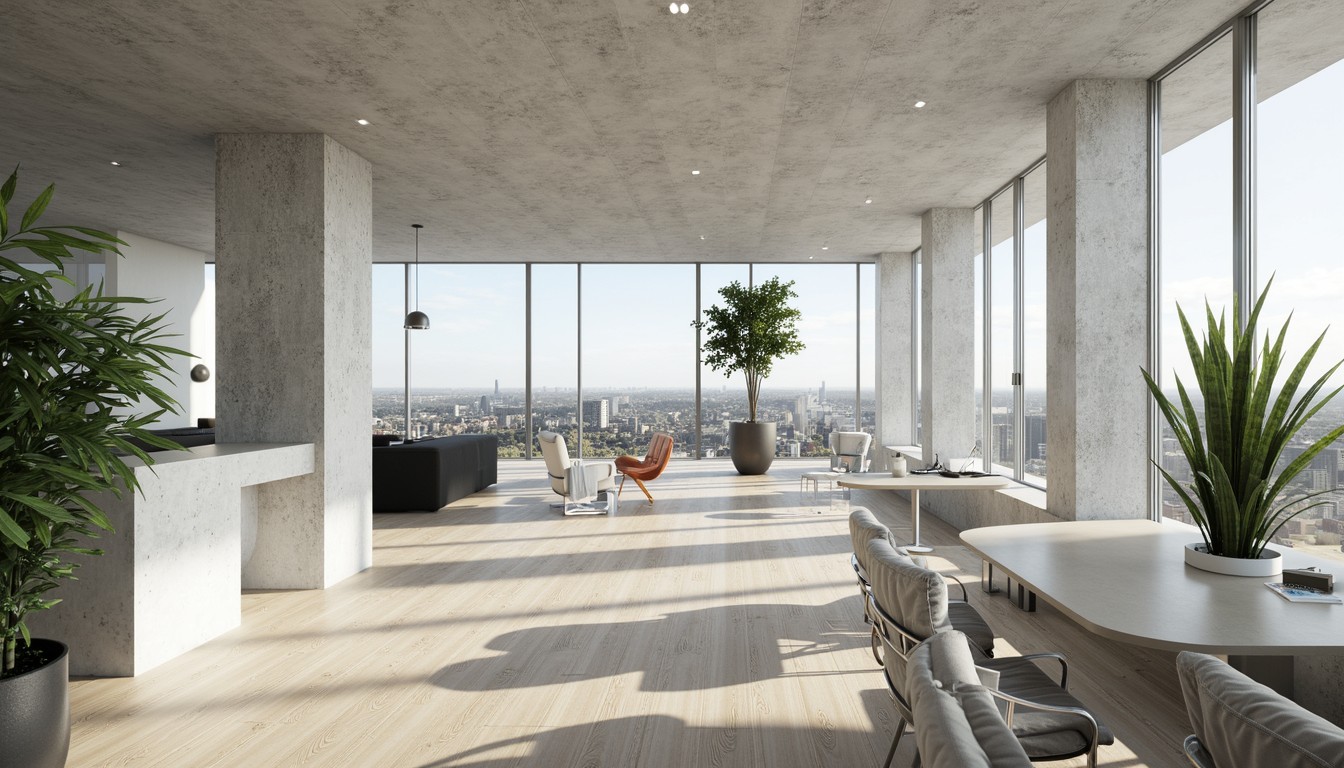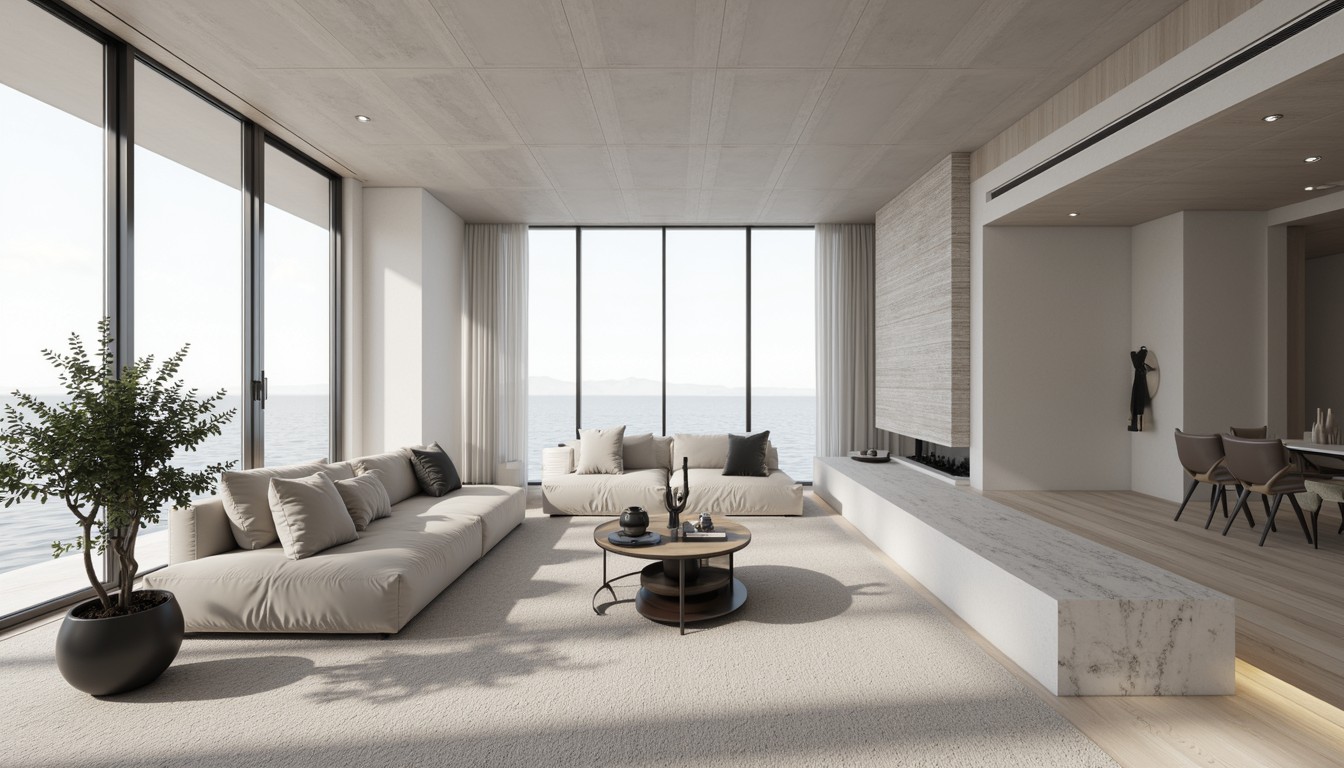Real-Time Visualization: Revolutionizing Architectural Design
The architectural visualization landscape is undergoing a dramatic transformation, driven by the rise of real-time rendering technology. No longer confined to lengthy offline rendering processes, architects and designers now have the power to explore and present their designs in immersive, interactive 3D environments instantly. This real-time visualization revolution is impacting every stage of the architectural design process, from initial concept to final client presentation, fostering unprecedented levels of collaboration and client engagement.
The Power of Real-Time Rendering

Traditional architectural visualization relied heavily on offline rendering, a time-consuming process that often involved waiting hours or even days for a single image or animation. Real-time rendering, on the other hand, leverages powerful GPUs and sophisticated software to generate images and animations instantaneously. This immediate feedback loop allows architects to experiment with different design options, materials, and lighting schemes without the frustrating delays of traditional methods. It’s a paradigm shift that's dramatically increasing design efficiency and creativity.
Enhanced Design Exploration and Iteration
Real-time visualization empowers architects to explore a wider range of design possibilities. They can quickly iterate on their designs, testing different configurations and making informed decisions based on instant visual feedback. This iterative design process leads to more innovative and refined architectural solutions. Imagine effortlessly experimenting with different facade materials, adjusting window placement, or tweaking lighting schemes – all in real-time, without the need for lengthy rendering waits. This dynamic approach significantly accelerates the design process.
Improved Client Collaboration and Communication
Real-time visualization bridges the communication gap between architects and clients. Clients can actively participate in the design process by experiencing the building in a virtual environment, providing valuable feedback and ensuring their vision is accurately reflected in the final design. Interactive walkthroughs and virtual reality (VR) experiences using real-time rendering tools allow for a much more engaging and intuitive client presentation, fostering greater understanding and buy-in.
Streamlined Workflow and Increased Efficiency
The speed and efficiency gains from real-time rendering translate to significant cost savings and faster project completion times. Architects can spend less time waiting for renders and more time focusing on the creative aspects of design. This streamlined workflow enhances productivity and allows for more projects to be undertaken within a given timeframe. Furthermore, early detection of design flaws and potential issues becomes significantly easier, preventing costly rework later in the project lifecycle.
Real-World Applications of Real-Time Arch Viz

The applications of real-time architectural visualization are vast and continually expanding. Here are some key examples:
- Architectural Design and Planning: Real-time rendering facilitates rapid prototyping and iterative design, allowing architects to explore multiple design options quickly and efficiently.
- Urban Planning and Development: Visualizing large-scale urban projects in real-time allows stakeholders to better understand the impact of proposed developments on the surrounding environment.
- Interior Design: Real-time rendering helps interior designers create immersive walkthroughs of spaces, allowing clients to experience the design before it is built.
- VR/AR Experiences: Integration with VR and AR technologies provides immersive and interactive experiences, enhancing client engagement and understanding.
- Construction and Engineering: Real-time visualization aids in construction planning and coordination, facilitating better communication and collaboration among project teams.
Choosing the Right Real-Time Visualization Tools
The market offers a range of powerful real-time rendering software and hardware solutions. The optimal choice depends on project requirements, budget, and technical expertise. Factors to consider include the software's rendering capabilities, ease of use, integration with other design tools, and the required hardware specifications (powerful GPUs are essential for optimal performance).
ArchNav: Your Partner in Real-Time Architectural Visualization

At ArchNav, we are at the forefront of the real-time visualization revolution. Our team of expert architects and visualization specialists leverages the latest technologies to deliver stunning, high-quality renderings and animations that surpass expectations. We understand the intricacies of architectural design and the importance of conveying design intent effectively. We collaborate closely with our clients, ensuring their vision is perfectly captured and communicated. Contact us today to learn how ArchNav can help you harness the power of real-time visualization to elevate your architectural projects.
Conclusion
Real-time architectural visualization is no longer a futuristic concept; it's a game-changer transforming the way architects design, collaborate, and present their work. The benefits are undeniable: increased efficiency, enhanced client engagement, and the ability to explore a wider range of design possibilities. By embracing this technology, architects can unlock new levels of creativity and deliver exceptional results. ArchNav is committed to helping you navigate this exciting evolution, providing cutting-edge solutions and expert support to ensure your projects stand out.
